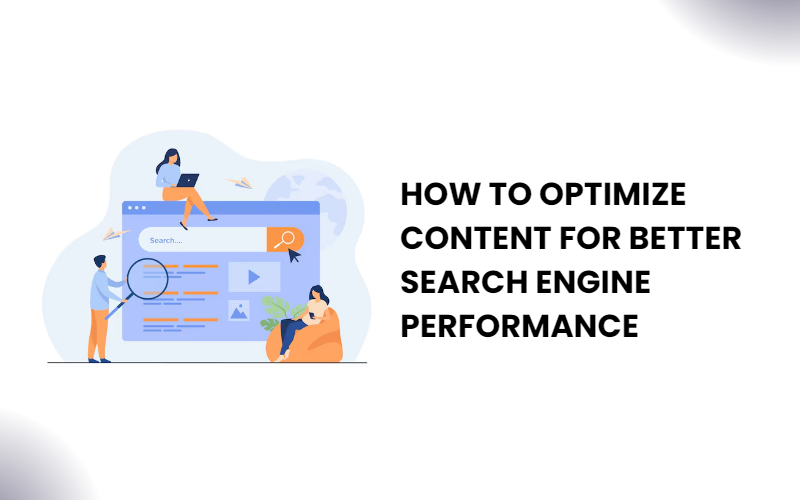In today’s digital world, optimizing content for better search engine performance is essential for any business or website. Search engines like Google use complex algorithms to determine which content is most relevant and useful to users. By optimizing your content, you can improve your website’s visibility, attract more organic traffic, and ultimately achieve your business […]
Everything in One Place
